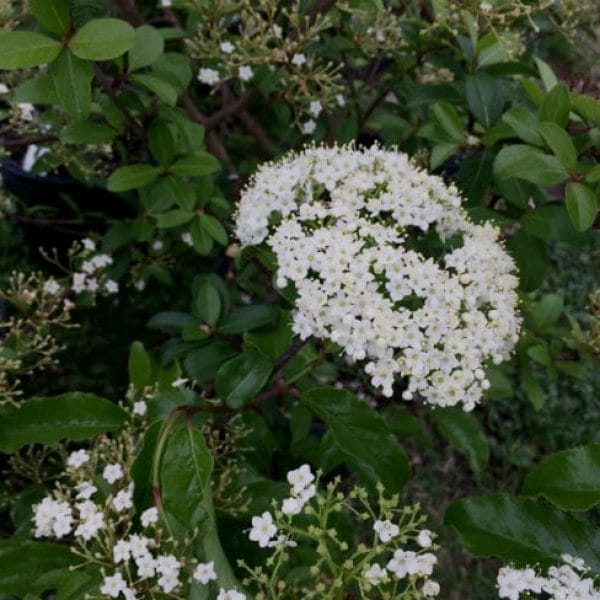Landscaping Ideas
Rusty Blackhaw Viburnum
By Innovation Grounds
The Rusty Blackhaw Viburnum (Viburnum rufidulum) is a deciduous shrub native to the southeastern United States. It’s valued for its attractive foliage, fragrant flowers, and colorful fruit.
General Characteristics
- Common Name: Rusty Blackhaw Viburnum
- Scientific Name: Viburnum rufidulum
- Family: Adoxaceae
- Mature Height: 6 to 12 feet (1.8 to 3.7 meters)
- Mature Width: 6 to 10 feet (1.8 to 3 meters)
- Growth Habit: Rounded, dense shrub
- Hardiness Zones: USDA Zones 5 to 9 (tolerates cold and heat)
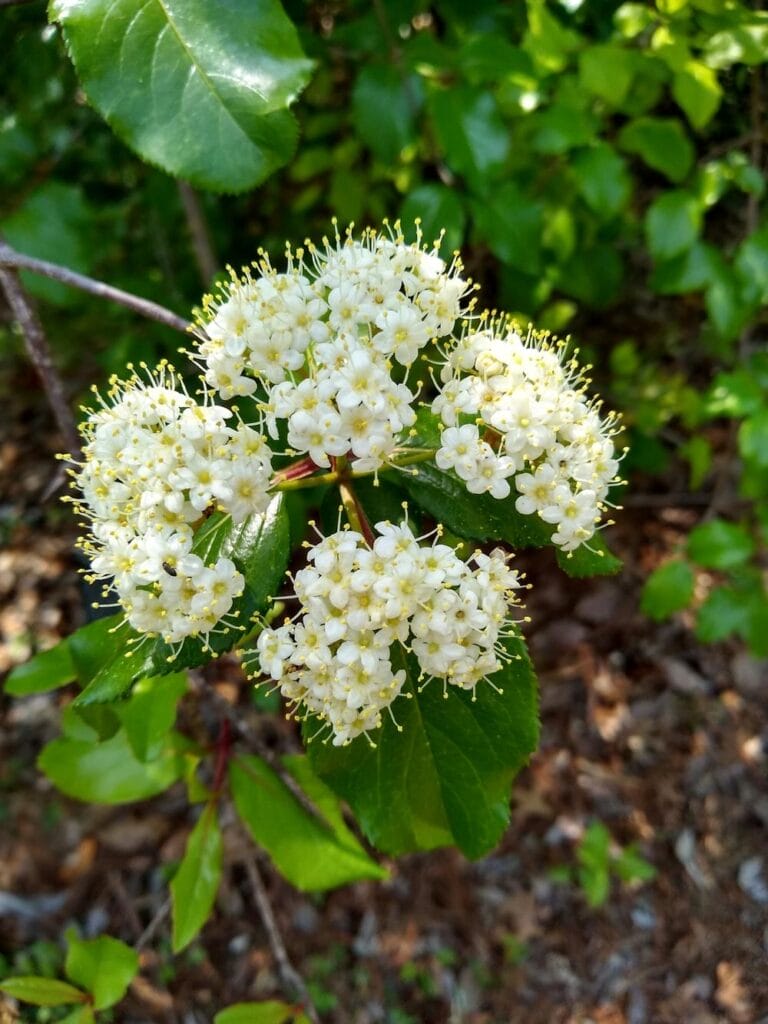
Growing Conditions
- Light: Full sun to part shade. It prefers some afternoon shade in hotter climates, but it can tolerate full sun if well-watered.
- Soil: Prefers well-draining, moist, slightly acidic soil but can tolerate a variety of soil types. It is adaptable to both sandy and loamy soils.
- Watering: Regular watering is necessary during dry periods, particularly during the first few years as it establishes.
- Drought Tolerance: Once established, it has moderate drought tolerance, but it performs best with consistent moisture.
- pH: Acidic to neutral soil (around 5.5 to 7.5)
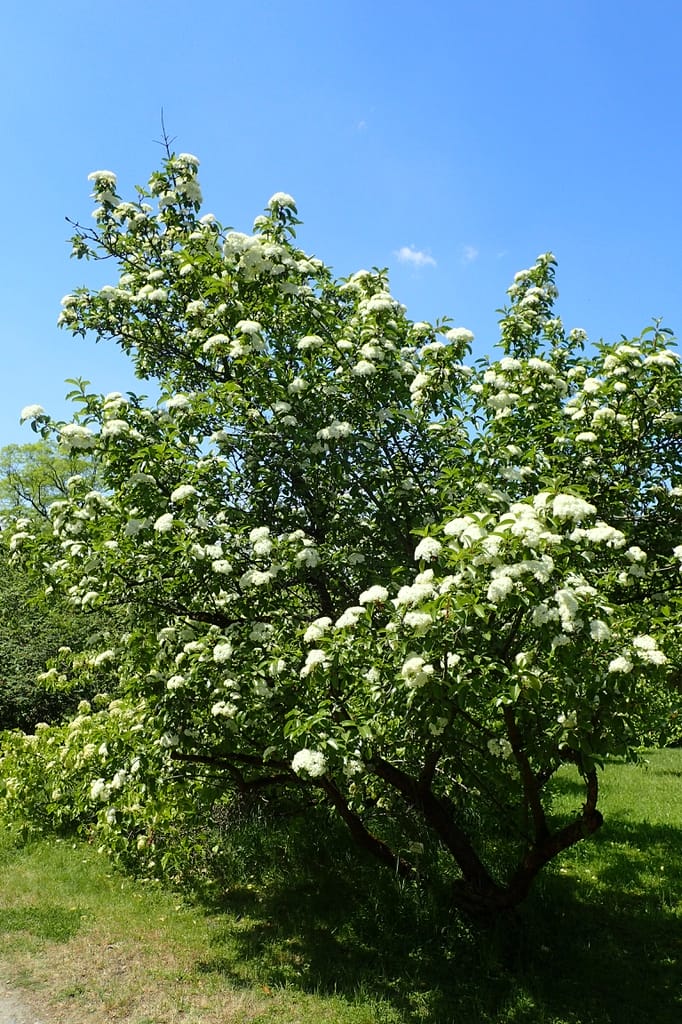
Care & Maintenance
- Pruning: Prune in late winter or early spring before new growth begins. Remove dead or damaged wood and shape the shrub as needed. Avoid heavy pruning, as it may reduce flowering.
- Mulching: Apply a layer of mulch around the base of the plant to retain moisture and keep roots cool, especially during summer.
- Fertilizing: Use a balanced, slow-release fertilizer in early spring to encourage growth. Avoid over-fertilizing, as this may promote excessive leaf growth at the expense of flowers.
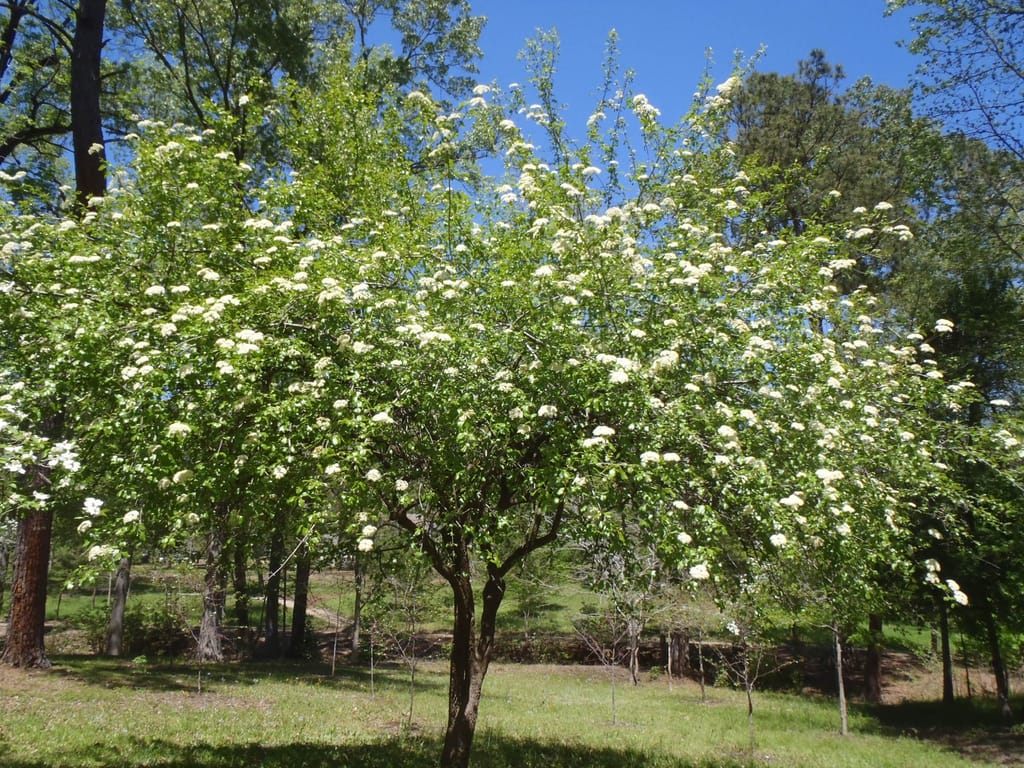
Landscape Use
- Ornamental Uses: Ideal for hedges, borders, or as a specimen plant in the landscape. It’s also a good choice for naturalized areas or woodland gardens.
- Wildlife: As a native species, it supports local wildlife by providing food for birds and shelter for other animals.
- Attractive Features: Beautiful flowers, colorful fall foliage, and interesting fruit make it an excellent multi-season shrub for landscaping.
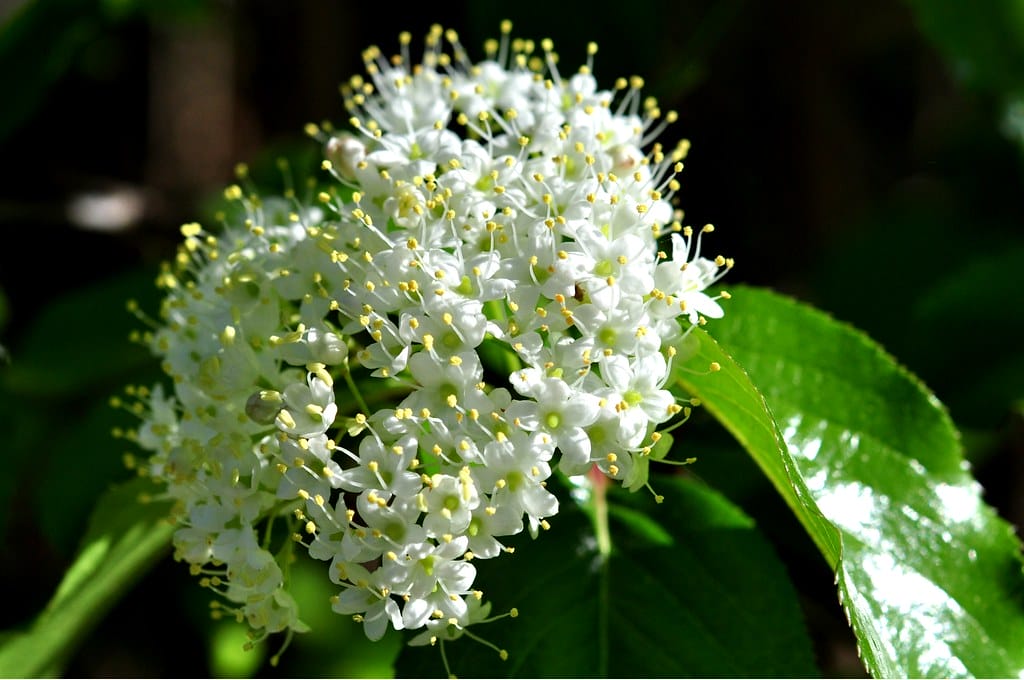
Other Notes
- The plant is somewhat slow-growing at first but becomes more vigorous as it matures.
- The fruits are edible but are not typically consumed by humans unless processed into jams or jellies, as they have a slightly astringent taste when raw.
